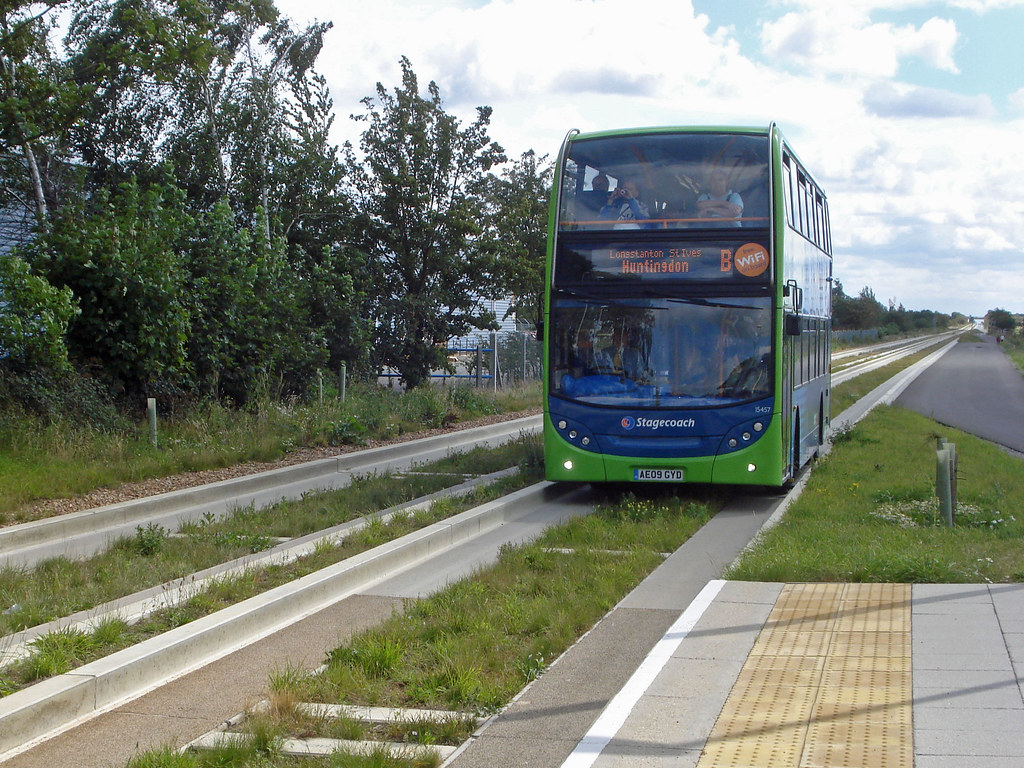DSCToronto
Superstar
Member Bio
- Joined
- Jan 13, 2008
- Messages
- 21,847
- Reaction score
- 35,366
- Location
- St Lawrence Market Area
Another approach to SUBWAYS SUBWAYS SUBWAYS :->
One Parisian politician may have figured out a new way to seduce the electorate: by promising to convert the city’s abandoned metro stations into discotheques, swimming pools, restaurants and theatres.
Nathalie Kosciusko-Morizet, member of the centre-right Union pour un mouvement populaire party, is one of six candidates running for mayor of the French capital in March 2014. If elected, she announced in February, she will transform Paris’ deserted metro stations into social, sporting and cultural spaces.
Paris’ underground network has 11 disused stations – some of which were closed during WWII due to wartime spending cuts, and some of which never opened after their initial construction. Porte Molitor, for example, built to link metro lines 9 and 10 and to service southwest Paris’ football stadium Parc des Princes, proved too complicated to use and now serves as a train garage.
Trains still travel through some of these ghost stations; if you look closely, you can make out the abandoned platforms in the dark. The unused platform at the Porte des Lilas station, which opened in 1921 in the northeast of Paris, has served as a film set for movies including the 2001 French romantic comedy Amélie. Other abandoned stations are used as spaces to test equipment.
Kosciusko-Morizet enlisted the help of young architect Manal Rachdi and urban planner Nicolas Laisné to create several examples of possible renovations. One illustration shows a swimming pool surrounded by the metro’s distinctive, glossy, white tile walls; in another, a mood-lit nightclub dance floor replaces the train tracks; a third shows a gallery space in the shape of a white tunnel. If her campaign is successful, Kosciusko-Morizet plans to launch an online forum allowing Parisians to voice their own ideas for renovating these forgotten stations.
With incumbent mayor Bertrand Delanoë not running for re-election, the Paris elections are a close call – and Kosciusko-Morizet is currently running slightly behind her rival, Socialist Party candidate Anne Hidalgo. Whether or not this underground project will ever see the light remains uncertain. If nothing else, however, it’s a fascinating exercise in urban renewal and inspiration for how these abandoned spaces could be put to use.
One Parisian politician may have figured out a new way to seduce the electorate: by promising to convert the city’s abandoned metro stations into discotheques, swimming pools, restaurants and theatres.
Nathalie Kosciusko-Morizet, member of the centre-right Union pour un mouvement populaire party, is one of six candidates running for mayor of the French capital in March 2014. If elected, she announced in February, she will transform Paris’ deserted metro stations into social, sporting and cultural spaces.
Paris’ underground network has 11 disused stations – some of which were closed during WWII due to wartime spending cuts, and some of which never opened after their initial construction. Porte Molitor, for example, built to link metro lines 9 and 10 and to service southwest Paris’ football stadium Parc des Princes, proved too complicated to use and now serves as a train garage.
Trains still travel through some of these ghost stations; if you look closely, you can make out the abandoned platforms in the dark. The unused platform at the Porte des Lilas station, which opened in 1921 in the northeast of Paris, has served as a film set for movies including the 2001 French romantic comedy Amélie. Other abandoned stations are used as spaces to test equipment.
Kosciusko-Morizet enlisted the help of young architect Manal Rachdi and urban planner Nicolas Laisné to create several examples of possible renovations. One illustration shows a swimming pool surrounded by the metro’s distinctive, glossy, white tile walls; in another, a mood-lit nightclub dance floor replaces the train tracks; a third shows a gallery space in the shape of a white tunnel. If her campaign is successful, Kosciusko-Morizet plans to launch an online forum allowing Parisians to voice their own ideas for renovating these forgotten stations.
With incumbent mayor Bertrand Delanoë not running for re-election, the Paris elections are a close call – and Kosciusko-Morizet is currently running slightly behind her rival, Socialist Party candidate Anne Hidalgo. Whether or not this underground project will ever see the light remains uncertain. If nothing else, however, it’s a fascinating exercise in urban renewal and inspiration for how these abandoned spaces could be put to use.









